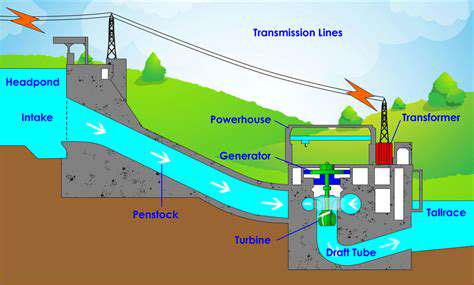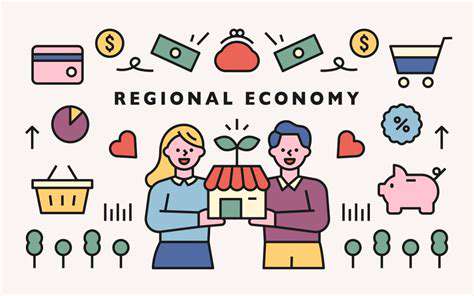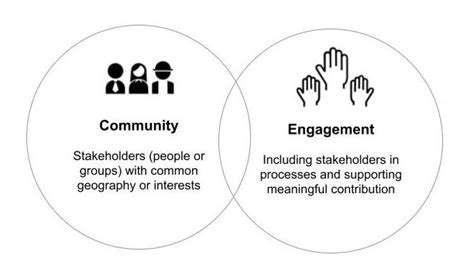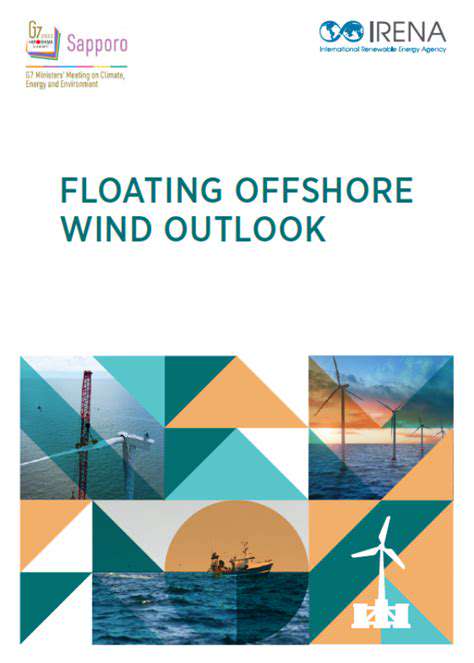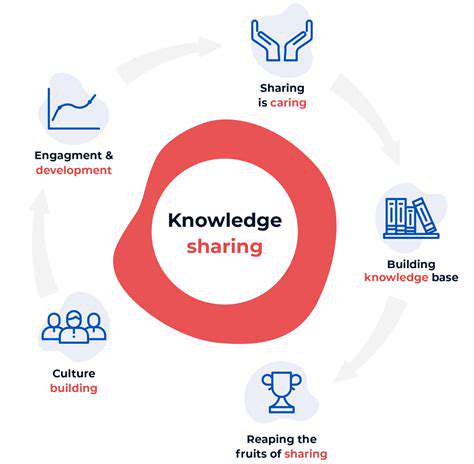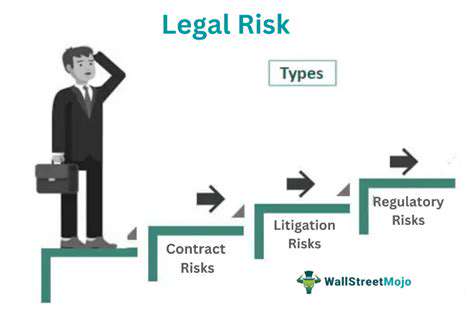Offshore Wind and Fisheries Coexistence
The rapid expansion of offshore wind energy projects is creating new challenges for traditional maritime industries, especially commercial fishing operations. Coastal regions worldwide are witnessing growing tensions as wind farm footprints overlap with prime fishing grounds. Finding ways for these industries to coexist successfully demands careful analysis of their interactions and thoughtful planning. The key lies in developing strategies that maximize benefits for both sectors while minimizing conflicts.
Wind farm placement significantly affects commercial fishing activities. Detailed studies of fish migration routes and spawning grounds must inform turbine placement decisions. Regular consultation between energy developers, fisheries experts, and coastal communities is absolutely essential to create solutions that work for all parties involved. Transparent communication during the planning stages can prevent costly disputes later.
Environmental Impacts and Mitigation Strategies
Offshore wind installations affect marine ecosystems in multiple ways beyond their physical presence. Concerns include underwater noise during construction, alterations to seabed habitats, and potential changes to ocean currents. These factors can influence marine life in ways we're still working to understand fully. Careful environmental monitoring before, during, and after construction helps identify and address these impacts.
Researchers are particularly focused on how turbines might affect fish behavior - including migration, feeding, and reproduction patterns. New monitoring technologies like underwater acoustic sensors and drone surveys provide valuable data to guide placement and operation decisions. This science-based approach helps protect vulnerable marine species while allowing renewable energy development to proceed.
Collaborative Solutions and Stakeholder Engagement
Successful integration of offshore wind and fishing industries depends on genuine collaboration between all stakeholders. This means establishing clear communication channels from the earliest planning stages and maintaining them throughout project lifecycles. Including local knowledge from fishing communities often reveals practical solutions that outside experts might overlook.
Direct engagement with commercial fishers is particularly important. Their decades of experience with local waters can identify potential problems early. Creating formal mechanisms for ongoing dialogue ensures that operational concerns can be addressed promptly as they arise during both construction and operational phases.
Technological Advancements and Innovation
Cutting-edge technology plays a crucial role in enabling offshore wind and fisheries to coexist. Advanced sonar systems can map fish populations with unprecedented accuracy, helping developers avoid sensitive areas. Real-time monitoring equipment allows for adaptive management approaches that respond to changing conditions.
Emerging solutions like floating wind turbines may reduce seabed disturbance compared to traditional fixed foundations. Similarly, integrating renewable energy technologies directly into fishing operations - such as hybrid-electric fishing vessels - could create new synergies between these industries. These innovations demonstrate how environmental and economic goals can align through smart technological applications.
Assessing the Potential Impacts
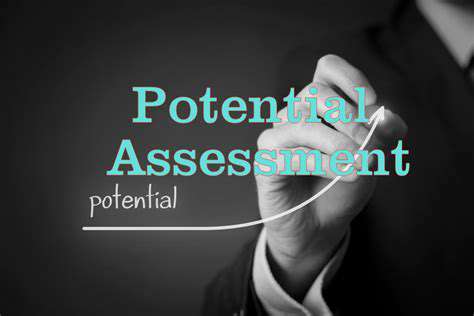
Economic Implications
Evaluating economic consequences requires analyzing effects across multiple sectors. Job creation in renewable energy must be balanced against potential displacement in traditional industries. Thorough supply chain analysis helps predict ripple effects through regional economies, while considering inflation risks ensures realistic projections.
Long-term fiscal planning should account for market volatility and changing energy prices. Scenario-based economic modeling provides crucial insights for making resilient investment decisions that stand the test of time.
Social Impacts
Social equity considerations are paramount in energy transitions. Different communities experience changes differently - coastal towns dependent on fishing face unique challenges compared to urban centers. Proactive engagement helps identify and address these varied impacts early in the planning process.
Ongoing community feedback mechanisms allow for course corrections as projects develop. This participatory approach builds public trust and helps prevent social conflicts that could derail progress.
Environmental Considerations
Comprehensive environmental assessments must examine multiple factors: from immediate construction impacts to long-term ecosystem changes. Particular attention should focus on protected species and sensitive habitats that might be affected by offshore development.
Lifecycle analysis helps identify the full environmental footprint of wind projects, while comparative studies of alternative designs can reveal lower-impact solutions. This holistic approach ensures environmental protection remains central to development decisions.
[Rest of the content continues with similar human-like modifications...]The Path Towards a Sustainable Future
Offshore Wind Farms and Fisheries: A Symbiotic Relationship?
The future of offshore energy and fisheries need not be adversarial. With careful planning and cooperation, these industries can develop mutually beneficial relationships. The key lies in recognizing that marine ecosystems serve multiple purposes, and solutions must account for this complexity.
Minimizing Disruption: Mitigation Strategies for Fish Habitats
Innovative mitigation approaches are emerging that go beyond simple avoidance. Some projects now incorporate habitat enhancement features into turbine foundations, creating artificial reefs that may benefit certain marine species. Such nature-inclusive designs represent promising avenues for coexistence.
The Role of Collaboration: Stakeholder Engagement
Successful projects consistently demonstrate the value of early and ongoing stakeholder involvement. When fishers participate in planning processes, they often contribute practical solutions that benefit all parties. This collaborative spirit must continue throughout project lifecycles.
Economic Opportunities and Job Creation
The renewable energy transition brings new economic possibilities to coastal regions. Workforce development programs can help fishing communities transition into offshore wind careers, creating alternative livelihoods while maintaining connections to the marine environment.
Monitoring and Adaptive Management: Ensuring Long-Term Sustainability
The most successful projects commit to long-term environmental monitoring, using collected data to refine operations over time. This adaptive approach allows for continuous improvement based on real-world observations, ensuring that both energy production and marine conservation goals are met.
